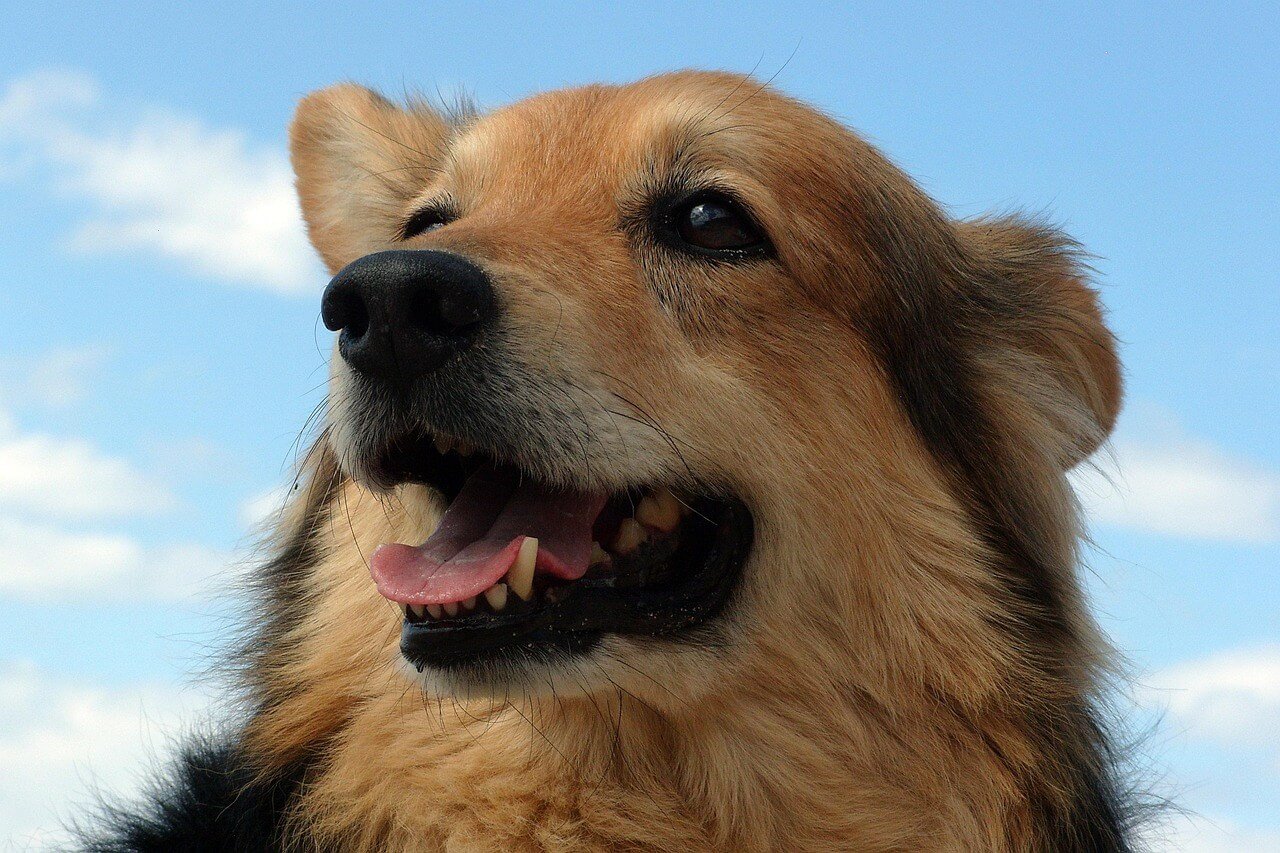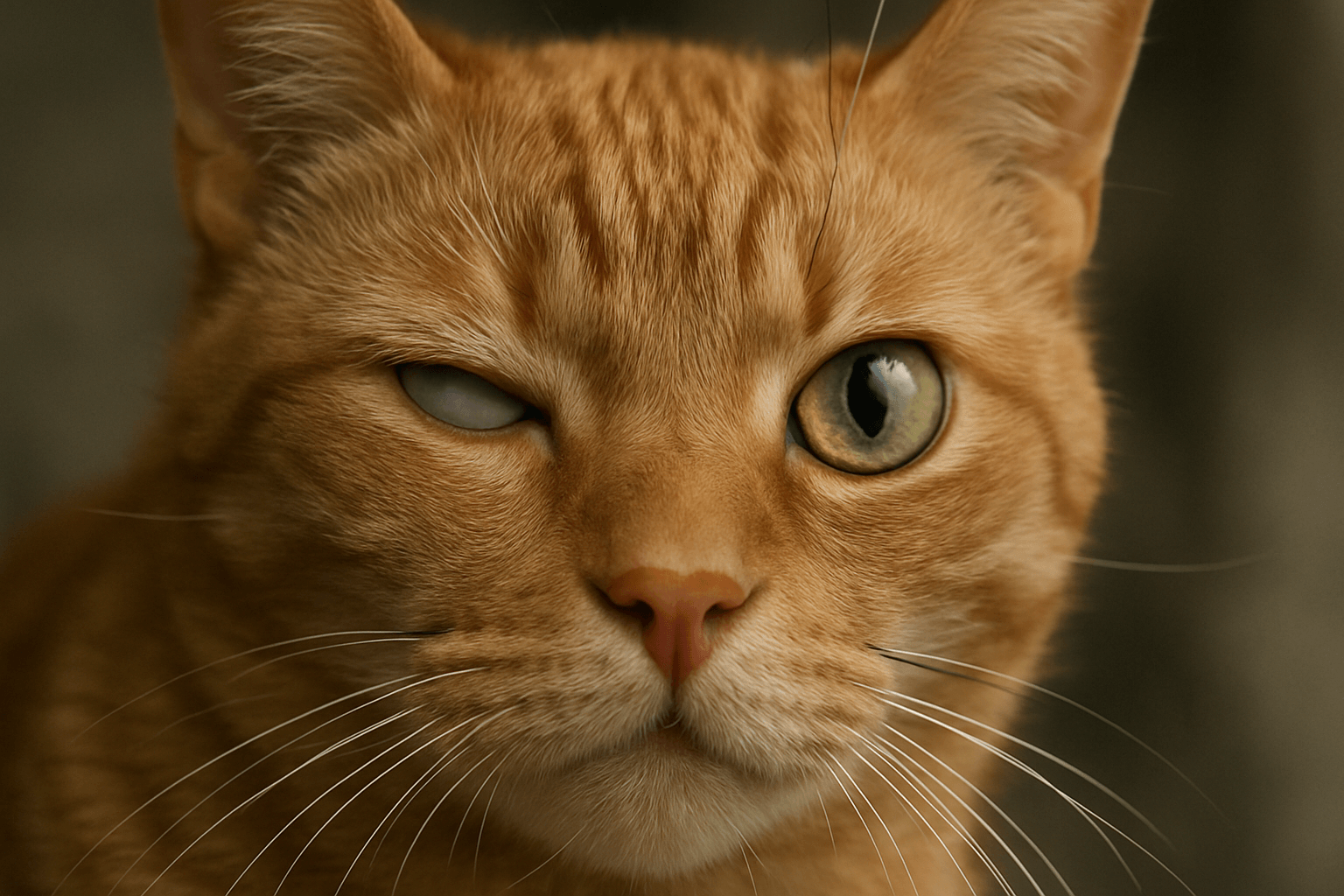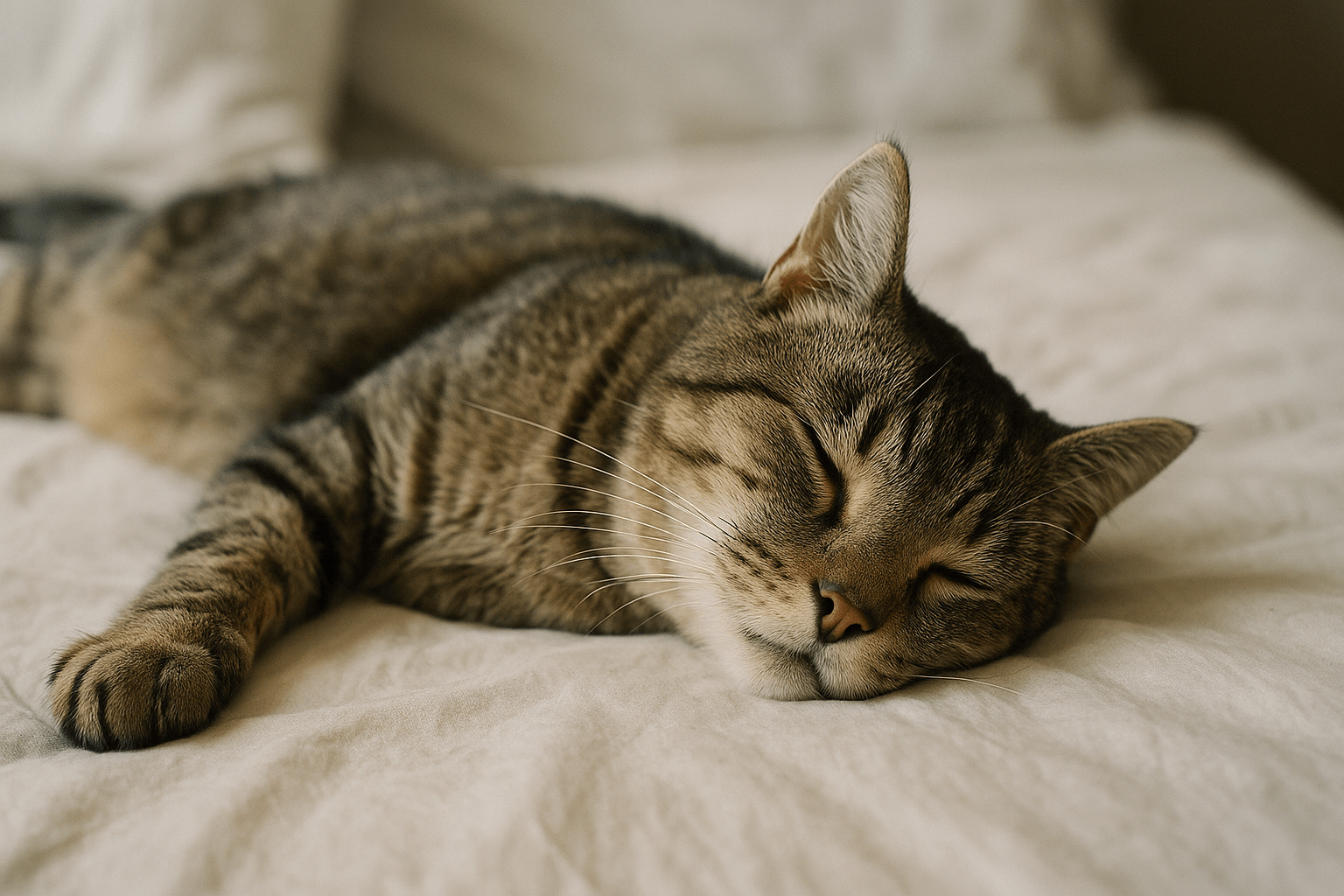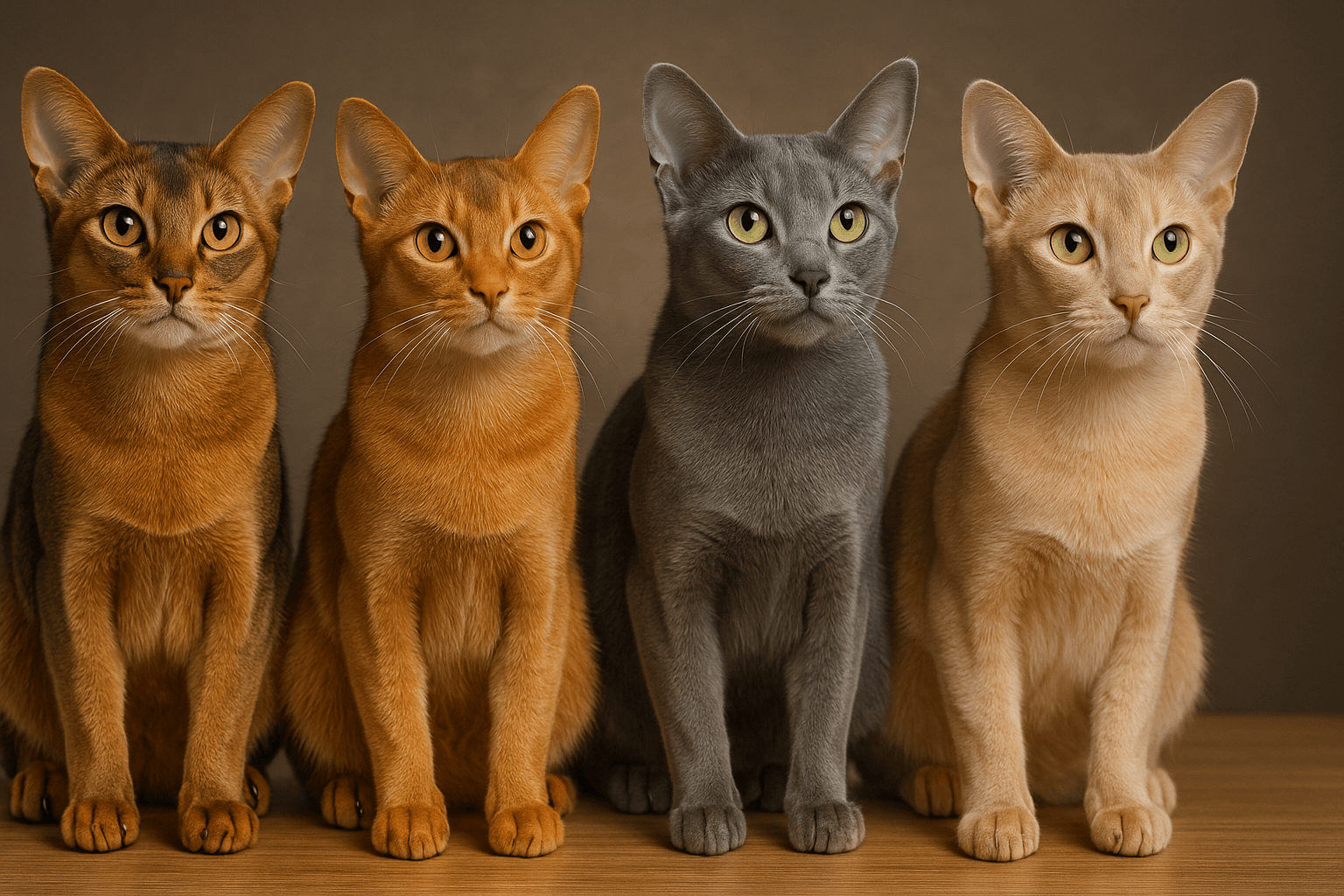Dog on Bland Diet Not Pooping: What You Need to Know
If your dog is on a bland diet and not pooping, it can be concerning. A bland diet is often recommended by veterinarians to help soothe an upset stomach or address digestive issues. However, if your pup isn’t having regular bowel movements, it could indicate that their system still needs time to adjust—or that something else is going on. In this blog post, we’ll explore why your dog might not be pooping, how to identify potential causes, and what steps you can take to ensure their digestive health returns to normal. Whether you’re dealing with constipation, dehydration, or another issue, this guide will provide practical advice to help your furry friend feel better.
Common Reasons Why a Dog on a Bland Diet Isn’t Pooping
There are several reasons why a dog on a bland diet may experience difficulty pooping. Understanding these causes can help you address the issue more effectively. Here are some of the most common factors:
Insufficient Fiber Intake:
A bland diet typically consists of plain foods like boiled chicken and rice, which may lack the fiber needed to promote regular bowel movements.Dehydration:
If your dog isn’t drinking enough water, their stools can become hard and difficult to pass, leading to constipation.Low Food Volume:
A bland diet often involves smaller portions to ease digestion. This reduced intake can result in fewer bowel movements.Underlying Health Issues:
Conditions such as gastrointestinal blockages or motility disorders could prevent your dog from pooping, even on a bland diet.Stress or Anxiety:
Emotional factors like stress or changes in routine can disrupt your dog’s digestive system, slowing down their bowel movements.
If your dog isn’t pooping while on a bland diet, it’s important to consider these potential causes. Identifying the root of the problem will help you take appropriate action to support their recovery.
Signs Your Dog May Be Constipated While on a Bland Diet
Constipation is one of the most common reasons why a dog on a bland diet isn’t pooping. Recognizing the signs early can help you address the issue before it worsens. Here’s what to look for:
Straining During Bowel Movements:
Your dog may attempt to poop but produce little to no stool, often accompanied by visible discomfort.Hard or Dry Stools:
When your dog does manage to poop, their stools may appear dry, hard, or unusually small.Lethargy or Restlessness:
Constipation can make your dog feel unwell, leading to decreased energy levels or pacing behavior.Loss of Appetite:
A dog experiencing constipation may lose interest in food due to abdominal discomfort.Vomiting:
In severe cases, constipation can lead to vomiting as the body struggles to expel waste.
These signs can indicate that your dog’s digestive system needs extra support. If you notice any of these symptoms, it’s essential to act promptly to prevent further complications.
Check this guide 👉Diet for Healthy Anal Gland Expression in Dogs: Best 7 Tips!
Check this guide 👉Why Sodium Selenite Matters in Your Dogs Diet: Best 7 Tips!
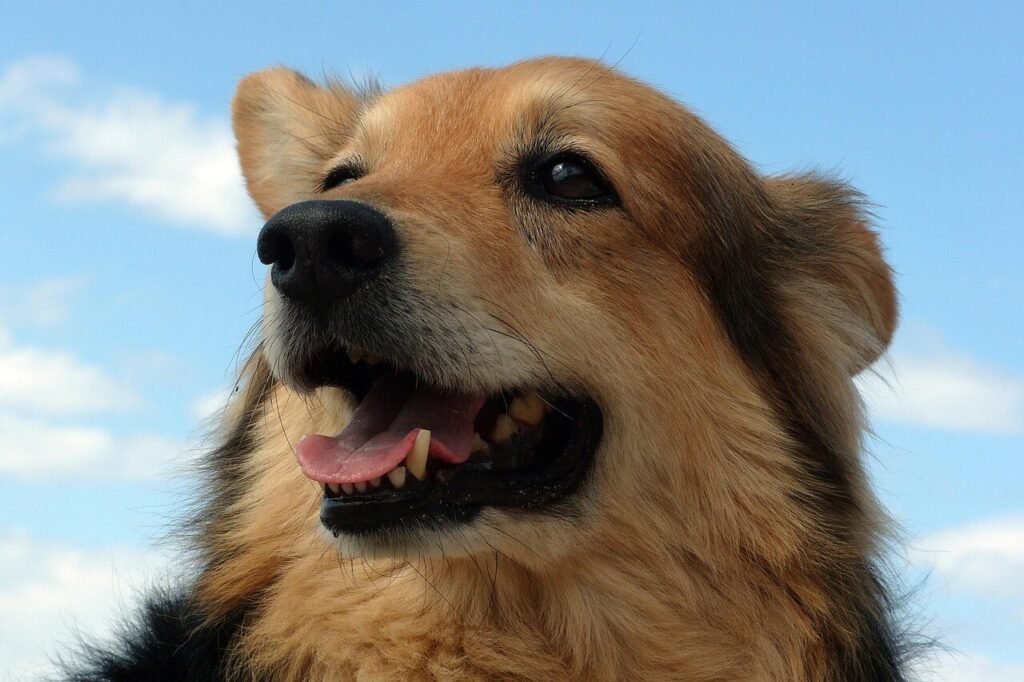
Symptoms of Constipation | Possible Solutions |
|---|---|
Straining during bowel movements | Increase water intake and add fiber. |
Hard or dry stools | Offer canned pumpkin or a vet-approved supplement. |
Lethargy or restlessness | Encourage gentle exercise to stimulate digestion. |
Loss of appetite | Provide small, frequent meals to entice eating. |
Vomiting | Consult a veterinarian immediately. |
How to Help Your Dog Poop While on a Bland Diet
If your dog isn’t pooping while on a bland diet, there are several steps you can take to encourage regular bowel movements. These tips focus on hydration, fiber, and overall digestive health.
Increase Water Intake:
Ensure your dog has constant access to fresh water to prevent dehydration and soften their stools.Add Fiber-Rich Foods:
Incorporate small amounts of fiber-rich foods like canned pumpkin (unsweetened) or cooked sweet potatoes into their bland diet.Encourage Gentle Exercise:
Short walks or play sessions can stimulate your dog’s digestive system and promote bowel movements.Massage Their Abdomen:
Gently massaging your dog’s belly in a circular motion can help relieve gas and encourage movement in the intestines.Consult Your Veterinarian:
If your dog remains constipated despite these efforts, seek professional advice to rule out underlying health issues.
By implementing these strategies, you can help your dog overcome constipation and return to regular bowel habits. Always monitor their progress closely.
Foods to Avoid When Your Dog Isn’t Pooping
Certain foods can exacerbate constipation or cause additional digestive issues, especially when your dog is already on a bland diet. Here’s what to avoid:
Processed Foods:
Items like chips, crackers, or processed snacks can be difficult for your dog to digest and may worsen constipation.Dairy Products:
Many dogs are lactose intolerant, and dairy can lead to bloating or irregular bowel movements.High-Fat Foods:
Fatty meats or oils can overwhelm your dog’s digestive system, making it harder for them to poop.Bones or Tough Chews:
These can cause blockages or irritate the digestive tract, worsening constipation.Spicy or Seasoned Foods:
Ingredients like garlic, onions, or spices can irritate your dog’s stomach and disrupt their digestion.
Avoiding these foods will help prevent further complications and give your dog’s digestive system the best chance to recover. Stick to simple, easily digestible options until their bowel movements normalize.
Tips for Transitioning Off a Bland Diet
Once your dog starts pooping regularly again, it’s important to transition them back to their regular diet gradually. Sudden changes can upset their stomach and undo progress. Here are some tips:
Start Slowly:
Mix small amounts of their regular food with the bland diet, gradually increasing the proportion over several days.Monitor Stool Quality:
Keep an eye on your dog’s stools to ensure they remain consistent and healthy during the transition.Avoid Overfeeding:
Stick to portion sizes recommended by your veterinarian to prevent overloading their digestive system.Introduce Probiotics:
Consider adding probiotics to their diet to support gut health and ease the transition.Stay Consistent:
Avoid introducing new foods or treats until your dog has fully adjusted to their regular diet.
A gradual transition ensures your dog’s digestive system adapts smoothly, reducing the risk of setbacks.
Signs That Your Dog’s Digestive System Is Healing
As your dog recovers, there are clear signs that their digestive system is returning to normal. These indicators can reassure you that your efforts are working.
Regular Bowel Movements:
Your dog begins pooping consistently, with soft but formed stools.Improved Energy Levels:
They show renewed enthusiasm for activities like walks and playtime.Increased Appetite:
Your dog regains interest in their food and eats with gusto.Reduced Straining:
They no longer struggle or appear uncomfortable during bowel movements.Bright Eyes and Shiny Coat:
Overall health improvements, like brighter eyes and a shinier coat, signal recovery.
These positive changes are signs that your dog is healing and adjusting well to their diet.
Preventing Future Digestive Issues
Prevention is key to avoiding future digestive problems. By taking proactive steps, you can minimize the chances of your dog needing a bland diet again.
Provide a Balanced Diet:
Feed your dog high-quality food that meets their nutritional needs and includes adequate fiber.Ensure Hydration:
Always keep fresh water available and encourage your dog to drink regularly.Limit Table Scraps:
Avoid feeding your dog human food, as it can upset their stomach and lead to digestive issues.Schedule Regular Vet Check-Ups:
Routine veterinary visits can help catch potential problems early and maintain your dog’s overall health.Monitor Stress Levels:
Minimize stressors in your dog’s environment, as anxiety can negatively impact their digestion.
By following these preventive measures, you can support your dog’s long-term digestive health and reduce the likelihood of future issues.
Frequently Asked Questions About Dogs on a Bland Diet Not Pooping
How long should a dog stay on a bland diet?
Typically, a bland diet is recommended for 1-3 days, depending on your dog’s condition and your vet’s advice.
Can I give my dog laxatives?
Only under veterinary supervision. Never administer human laxatives to your dog without consulting a professional.
Is it normal for a dog on a bland diet to poop less frequently?
Yes, reduced food intake can lead to fewer bowel movements, but complete absence of poop is a concern.
Should I stop the bland diet if my dog isn’t pooping?
No, continue the diet unless advised otherwise by your vet. Focus on increasing hydration and fiber instead.
When should I see a vet?
If your dog hasn’t pooped in over 48 hours or shows signs of distress, contact your veterinarian immediately.
Final Thoughts: Supporting Your Dog’s Digestive Health
A bland diet is a helpful tool for soothing your dog’s digestive system, but it’s important to monitor their bowel movements closely. If your dog isn’t pooping, don’t panic—there are many steps you can take to encourage regularity and comfort. From increasing hydration and fiber to consulting your veterinarian, addressing the issue promptly can make all the difference. Remember, every dog is unique, and their recovery process may vary. By staying attentive and proactive, you can help your furry friend feel their best and get back to their happy, healthy self.
Why Is My Cats Second Eyelid Showing? Best 7 Expert Tips! Understand causes, health signs, and how to respond when your cat’s third eyelid becomes visible.
How Do I Know If My Cat Died Peacefully? Best 7 Expert Tips! Discover the quiet signs of a peaceful feline passing and find comfort in their final moments.
Cat Allergy Eyes: Best 7 Expert Tips! Discover why your eyes react to cats and learn proven strategies for relief—without giving up your feline friend.
Why Do Abyssinian Cat Colors Matter? Best 7 Expert Tips! Discover the genetics, rare hues, and care secrets behind Abyssinian coat colors for a healthier, happier cat.

